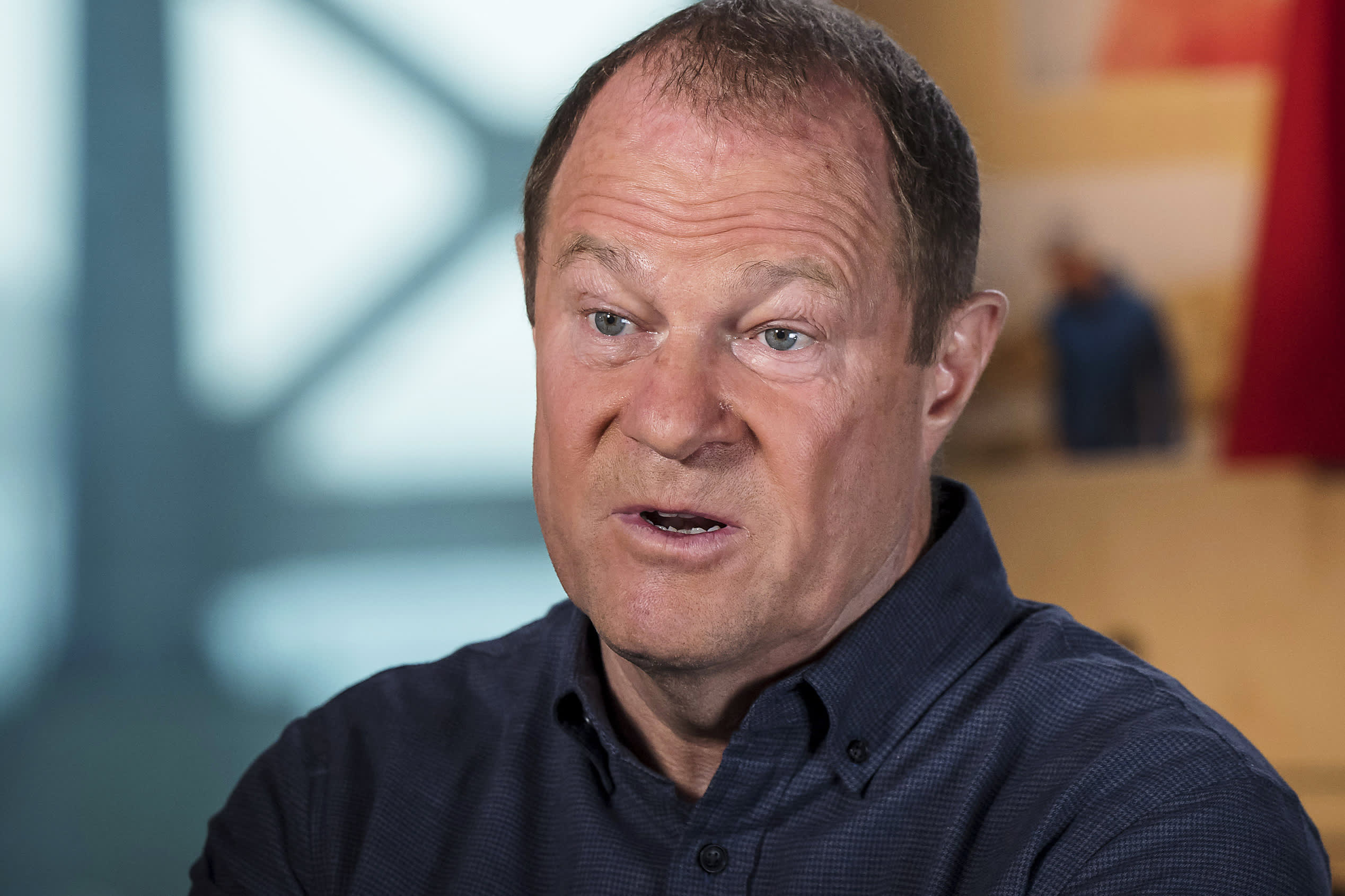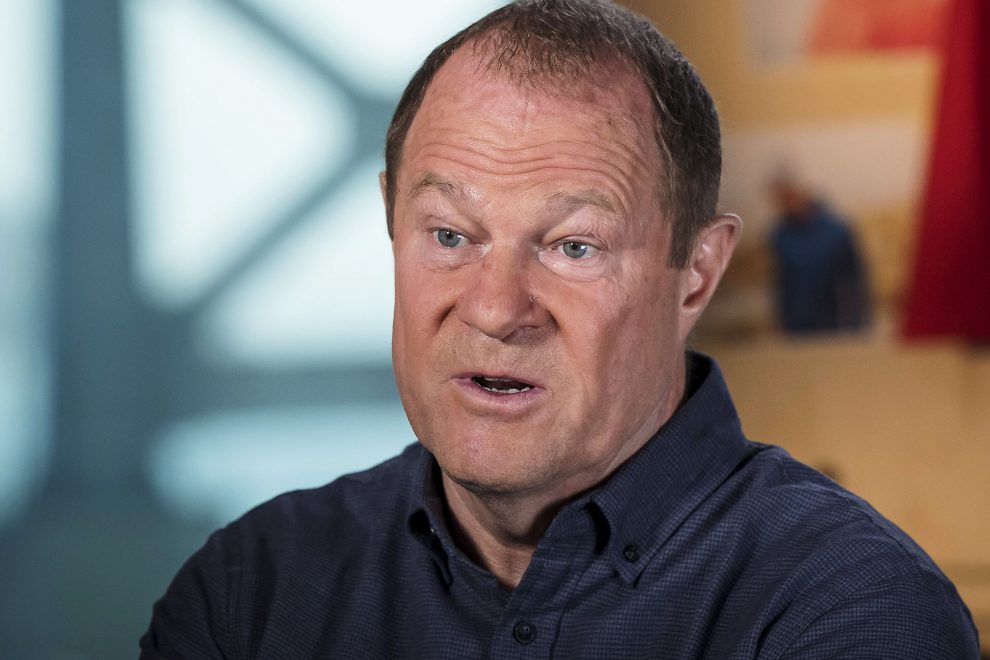
Gap Inc. shares are tanking after the apparel retailer on Thursday evening reported quarterly earnings and sales short of Wall Street estimates, and slashed its full-year profit outlook.
The apparel retailer’s shares were cratering more than 15% in premarket trading Friday, having closed Thursday at a fresh low of $20.60, a level not seen since June 2016.
CEO Art Peck called the latest quarter “extremely challenging,” saying he was “not at all satisfied” with the results. “We are committed to improving our execution and performance this year,” he said.
Peck partially blamed one of the “coldest, wettest quarters in memory” for the poor results, which he said influenced more shoppers to stay inside. He said business was “extremely slow” in February.
But Gap is also still struggling to get its products on par with what women and men are shopping for today. And that’s arguably more difficult to do as fast-fashion retailers like Zara, with leaner supply chains, are churning new styles of dresses, denim and accessories into stores every week.
Here’s what Gap reported for its fiscal first quarter, compared with what analysts were expecting, based on Refinitiv data:
- Earnings per share, adjusted: 24 cents vs. 32 cents expected
- Revenues: $3.71 billion vs. $3.77 billion expected
- Same-store sales: down 4% vs. a 1.1% drop expected
Gap during the latest quarter earned $227 million, or 60 cents per share, compared with $164 million, or 42 cents a share, a year ago. Excluding one-time charges, it earned 24 cents a share, missing analysts’ estimates for 32 cents.
Sales fell to $3.71 billion from $3.78 billion a year ago, short of estimates for $3.77 billion.
Same-store sales at Gap’s namesake brand were down 10%, compared with a drop of 4% a year ago. Same-store sales at Old Navy — typically the brightest spot at Gap Inc. — were down 1%, compared with an increase of 3% a year ago. Banana Republic same-store sales were down 3%, compared with 3% growth this same quarter in 2018.
The San Francisco-based retailer cut its annual profit outlook and now expects adjusted earnings per share to fall within a range of $2.05 to $2.15 this year, compared with a prior range of $2.40 to $2.55. It also forecast company-wide same-store sales to be down low single digits in fiscal 2019.
With inventories piled up after a weak first quarter, CFO Teri List-Stoll warned Gap might have to use more promotional activity in the coming months to try to move unsold dresses and tops off shelves. And that will weigh on gross margins.
Gap also said Thursday it plans to shut 130 Gap-branded stores in the fiscal fourth quarter, part of a previously announced pruning of the namesake brand’s real estate. It’s still focused on opening stores, however, under its Old Navy banner, its women’s athleisure business Athleta and the Gap brand in China.
The disappointing report from Gap comes as a slew of apparel retailers ranging from Canada Goose to Abercrombie & Fitch to J.Jill have reported poor earnings this week, dragging down the S&P 500 Retail ETF (XRT). That index of stocks has fallen more than 11% so far this month. Gap shares are down about 20% so far this year.
Gap shares had surged more than 20% on Feb. 28, when the retailer announced plans to spin off its Old Navy brand into its own public company, leaving Gap’s other brands, including its namesake one, in a new, still-unnamed holding company. That deal isn’t expected to be complete until 2020.
Peck on Thursday said the retailer still “remain[s] confident in our plan to separate into two independently traded public companies.”
Tariffs, meanwhile, remain another issue for apparel retailers like Gap, with the White House still considering a 25% tax on consumer goods like clothing and footwear imported from China.
“We’ve been migrating sourcing out of China for the last several years and we’ll continue to do this responsibly going forward,” Peck told analysts on a post-earnings conference call. About three years ago, roughly 25% of Gap’s products were manufactured in China, he said, and now that’s down to 21%.









